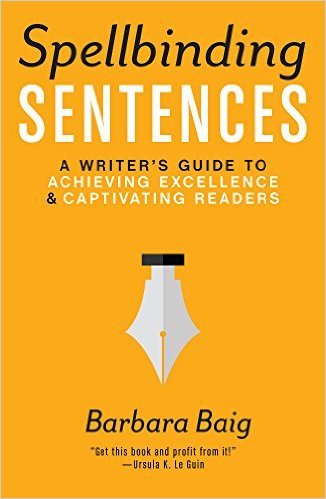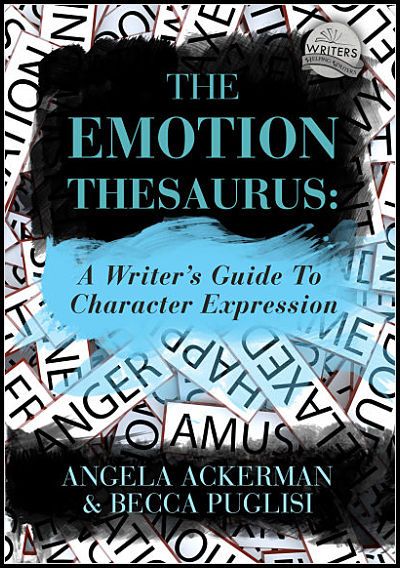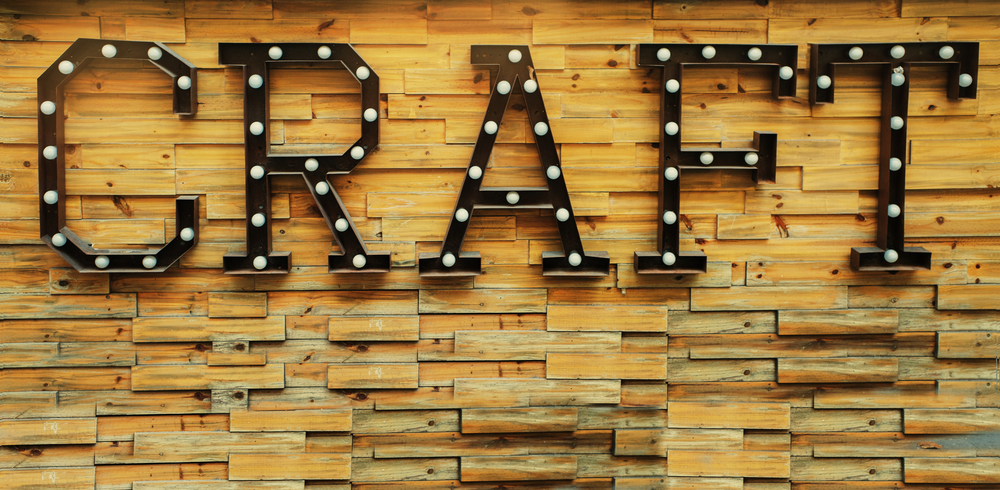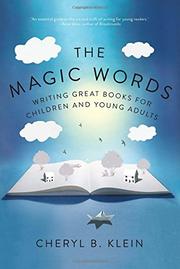In January, our group gathered to share our favorite craft books. People spoke about what they took away from the book and when in the writing process the book would be most helpful. Each person also chose an “Island Book”–if you could have one craft book on a desert island, which would it be? (You can see our Island Books marked with asterisks.) We all came away with lists of craft books to explore. We hope you do to!
Thanks to Jen, Kristi, Danielle, Brigid, and Beth for your recommendations.
Writing for Kids
Writing Irresistible KidLit by Mary Kole–Jampacked with great writing advice. The book provides a solid overview of all the components of novel writing. It includes good checklists for character development.
*The Magic Words by Cheryl Klein–An insightful book on writing from an editor’s perspective. Three words: character, character, character.
The Abracadabra Kid by Sid Fleischman–a writer’s memoir that’s an engaging read. He also provides three pages of Dos and Don’ts for writers. NOTE: You can find a number of his writing tips here.
Story

The Story Grid by Shawn Coyne–A very analytical and diagnostic book. Good for revision rather than the start of a project. The Story Grid also provides great information on various genres. One of the highlights of the book is the scene-by-scene analysis strategy, marking change in each scene. The podcast is also worth a listen.
Story Engineering by Larry Brooks–A good approach to finding out what goes into a story. It’s analytical, with great nuggets of writerly wisdom. Part 2 is a great place to dive in.
Online resources for story:
Pixar’s 22 rules of storytelling
Story Spine
Matt Stone and Trey Parker on storytelling
Kurt Vonnegut video on story arc
Plot and Structure
*Plot and Structure by James Scott Bell–A go-to craft book. He offers excellent advice, especially about 3-act structure, a disturbance + doorway (as opposed to an inciting event), doorways moving from one act to the next, and creating adhesive between the main character and the antagonist–they have to be glued together somehow, making it impossible for them to walk away from each other.
Plot Whisperer by Martha Alderson–A comprehensive book about plot with lots of exercises to apply to a work-in-progress. The workbook provides guidance and space to work. A companion book, The Plot Whisperer Book of Writing Prompts, is full of prompts, not to generate new ideas, but to rethink character, plot, setting, etc. in your work-in-progress. Follow author Martha Alderson on Twitter (@plotwhisperer) for great writing tips.
Save the Cat by Blake Snyder–A book about screenwriting that has great lessons for structuring novels as well. The website is extensive and has a number of analyses of completed films and a few examples of works in progress. The book’s name refers to the pivotal moment in the beginning of any story where your character does something that makes them appealing to readers, where they “save the cat.” (Watch for an MG Lunch Break post on Save the Cat.) Check out the comprehensive website: www.savethecat.com
The Weekend Novelist by Robert J. Ray and Bret Norris–This book breaks down writing a novel into discrete tasks. Two key takeaways: the idea of writing the 5 key scenes (opening, threshold, center, climax, closing) first, and of creating an “outline” that follows a “problem/solution” pattern to make sure all the elements of the story are connected.
Words and Editing
 *Spellbinding Sentences by Barbara Baig–This book argues that writing is in the words. With detailed exercises in every chapter, the book explores words and sentences with a sense of play to move toward mastery. The exercises can be used as a daily warm-up, and as you get to know them, you can use specific exercises as you revise. (Get a taste of Baig’s book here.)
*Spellbinding Sentences by Barbara Baig–This book argues that writing is in the words. With detailed exercises in every chapter, the book explores words and sentences with a sense of play to move toward mastery. The exercises can be used as a daily warm-up, and as you get to know them, you can use specific exercises as you revise. (Get a taste of Baig’s book here.)
Woe is I: A Grammarphobes Guide to Better English in Plain English by Patricia O’Conner–Clear explanations of grammar mistakes we all make. O’Connor’s sense of humor makes what could be drudgery not simply palatable but enjoyable.
Words Fail Me: What Everyone Who Writes Should Know About Writing by Patricia O’Conner–A lovely little book on basic writing strategies. It’s great for reminders, with a few sparkly gems thrown in.
Revision and Self-Editing for Publication by James Scott Bell–Chapter 17 has the ultimate revision checklist.
Little Book of Self-Editing for Writers, by Bridget McKenna–Check out the book’s editing checklist online at Ravenscourt Press.
Emotional Resonance (You AND Your Characters)
*The Emotion Thesaurus by Angela Ackerman and Becca Puglisi–A MUST for  revision. The book provides a comprehensive physical vocabulary for emotions. The authors’ blog has loads of useful information for writers, including samples from their extensive Descriptive Thesaurus Collection.
revision. The book provides a comprehensive physical vocabulary for emotions. The authors’ blog has loads of useful information for writers, including samples from their extensive Descriptive Thesaurus Collection.
The Fire in Fiction by Donald Maas–An emotionally demanding read for when you want to push yourself as a writer to engage with your own emotions to get to the emotional core of your story.
From Where You Dream: The Process of Writing Fiction by Robert Olen Butler–A great book for people who need sparks to come from within, feeling the emotions of the characters, and capturing ideas.
Bonus exercise:
One of our members swears by this exercise she heard about at a conference:
Write about your character 15 years after your book ends. Where are they now? How does he/she look back at the events of the book? What emotions still linger?
******************************
We would love to hear about your favorite craft books. Let us know all about them in the comments!
Anne-Marie Strohman (co-editor) writes picture books, middle grade novels, and young adult short stories and novels. She is trained as a teacher, an editor, and a scholar, specializing in Renaissance Literature. She holds an MFA in Writing for Children and Young Adults from Vermont College of Fine Arts and is an active member of SCBWI. Find her at amstrohman.com and on Twitter @amstrwriter.


I’m deep into Story Genius. I think my next craft review is going to revolve around some key elements, just because I’m pretty much seeing them everywhere right now!
My bookshelf is a lot more full after this discussion. I’ve started Story Genius and Magic Words. All good stuff!
[…] been thinking about in my own writing as I read Lisa Cron’s craft book, Story Genius (included in a list of favorite craft books on this blog). A quick definition is that the misbelief is the thing your hero (falsely) believes […]